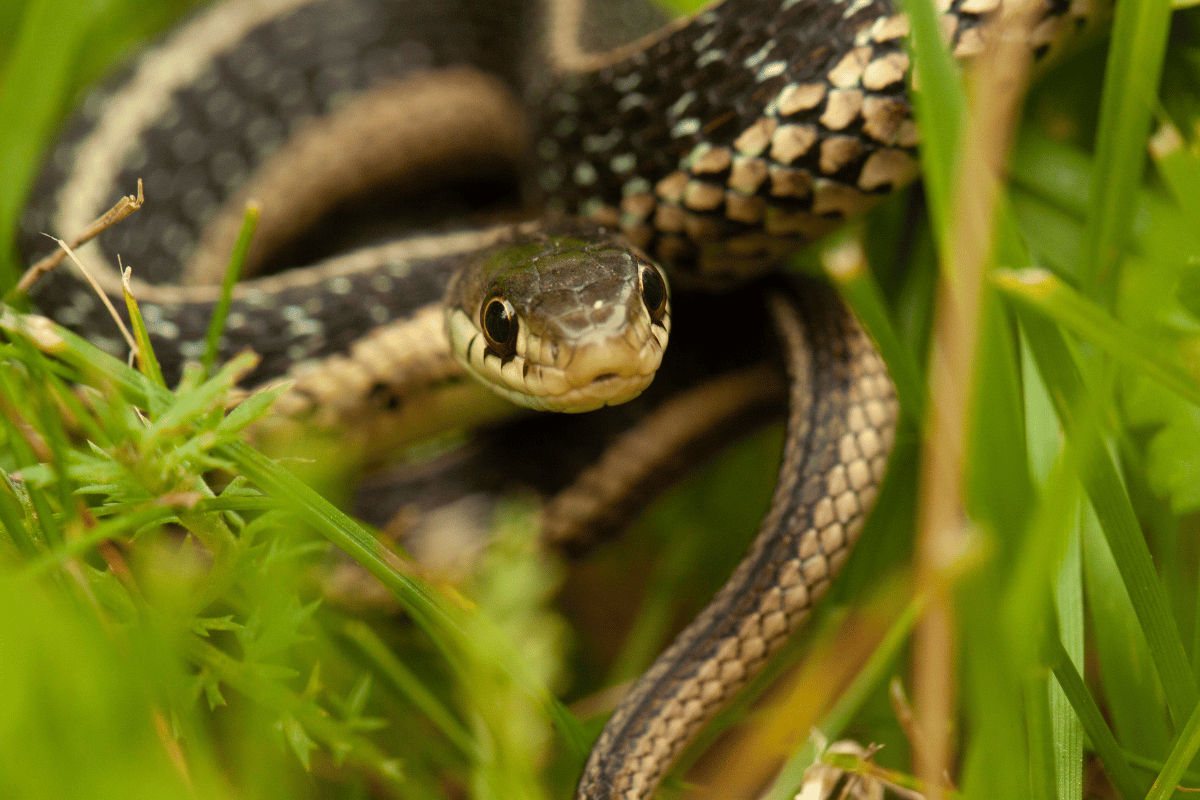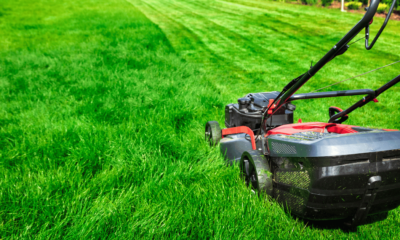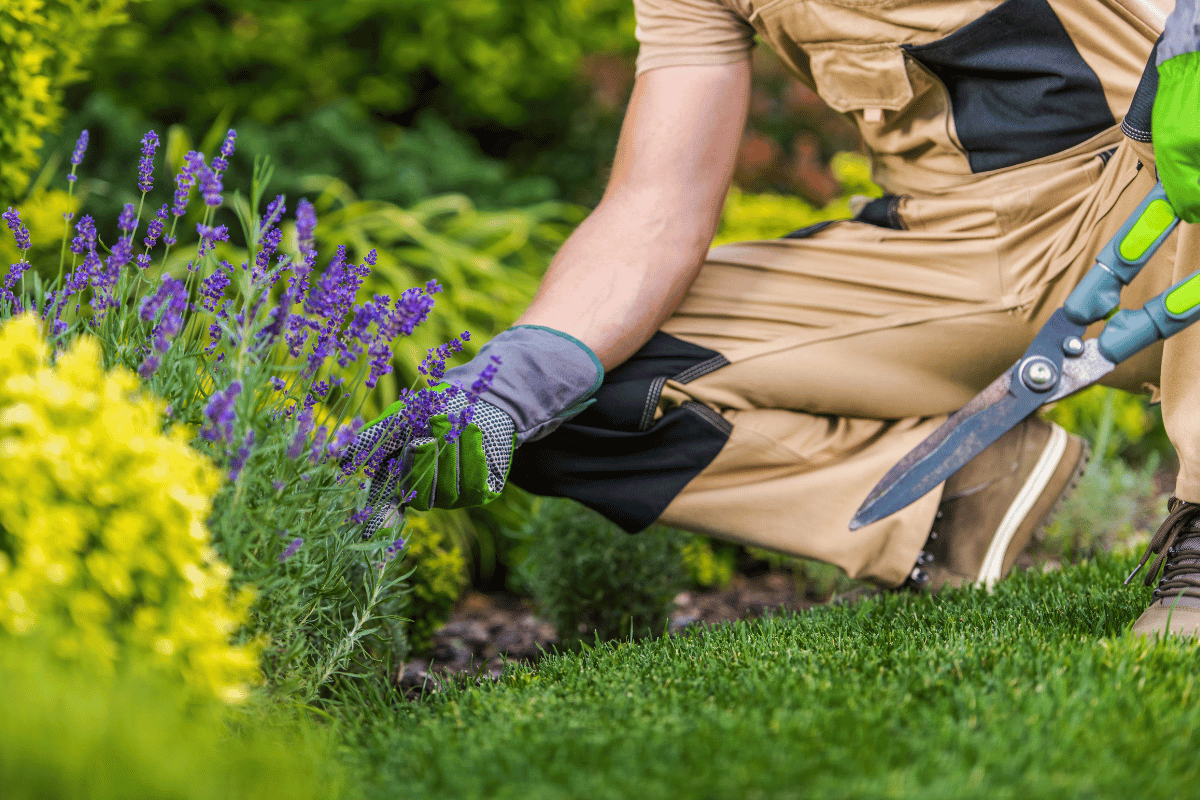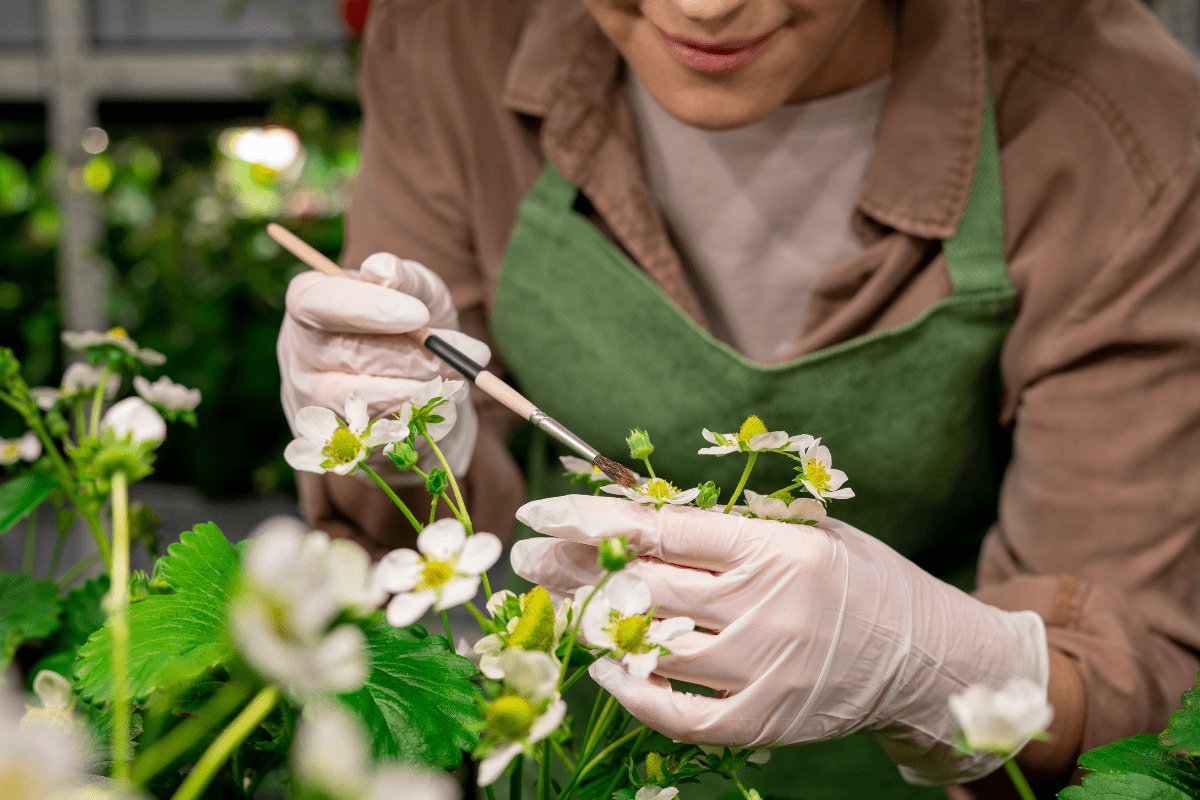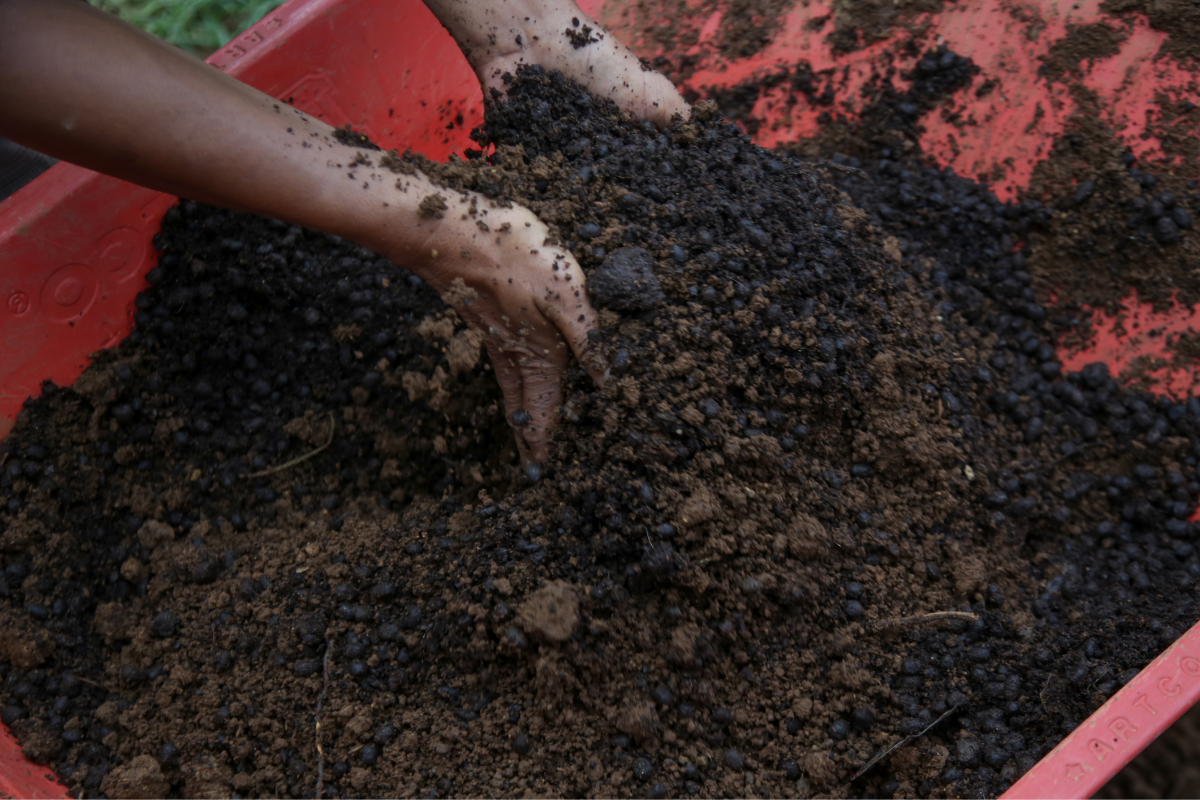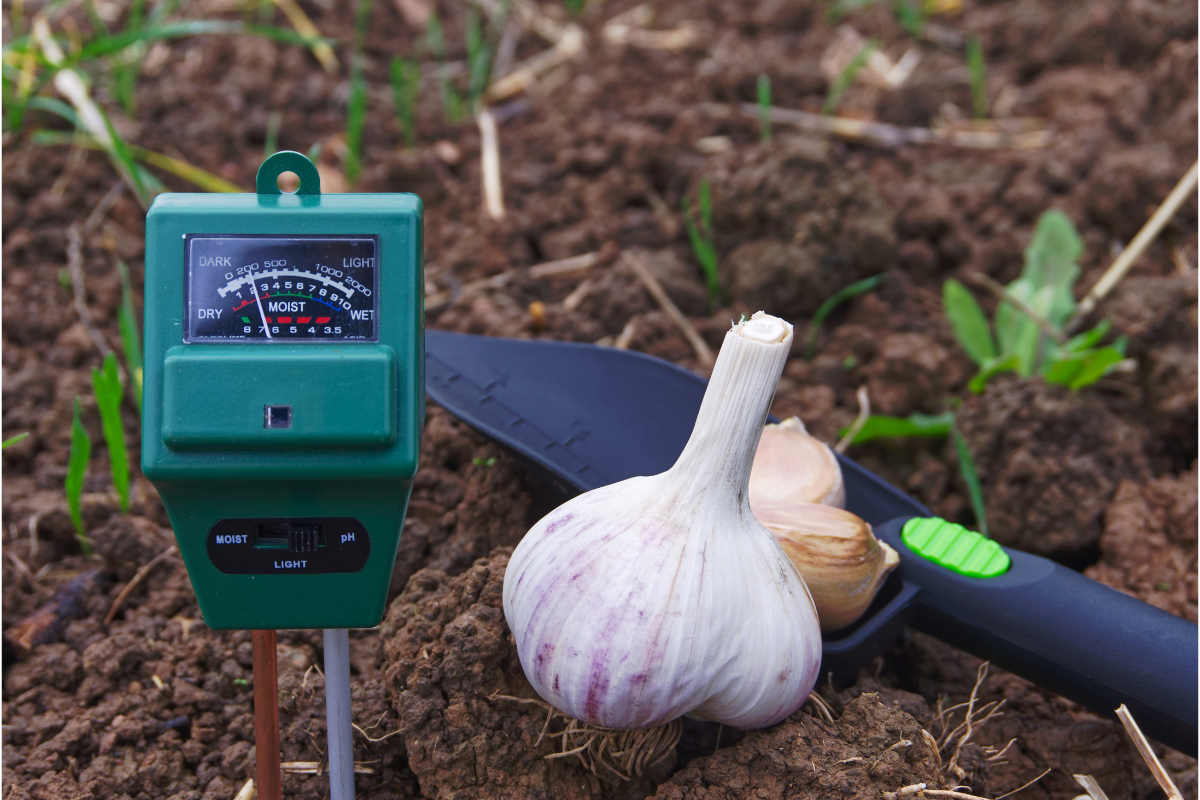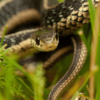Gardening
Top 10 Repellent Plants for Naturally Warding Off Snakes and Pests in Your Garden
As the summer sun begins to intensify, it ushers in a season of abundance in our gardens, where colours burst and life flourishes. However, this warm weather also invites some of nature’s more stealthy creatures, including snakes, seeking solace in our outdoor spaces. For gardeners, finding effective snake repellent solutions becomes a top priority to ensure their verdant retreats remain safe and serene. Integrating plants known for their natural snake-repellent properties can transform your garden into a fortress of tranquillity, deterring these reptiles with the power of nature. In this exploration, we unveil 10 plants renowned not just for their beauty, but for their robust snake and pest-repelling capabilities, bringing both charm and reassurance to your blooming sanctuary.
1. Marigolds (Tagetes spp.)
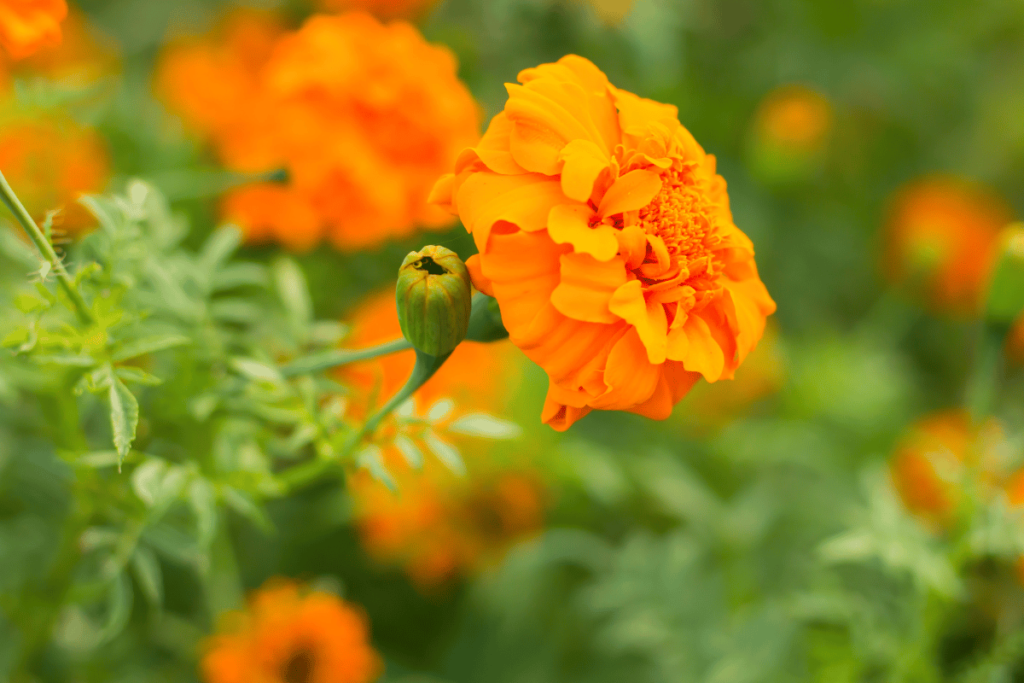
The humble marigold, with its golden petals, does more than just please the eye. It’s a warrior in disguise, exuding a fragrance that’s believed to repel garden invaders, including snakes. The roots of marigolds are especially adept at driving away soil-dwelling nematodes, and their bright blooms can attract pollinators like bees and butterflies, enhancing the health and beauty of your garden.
2. Lemongrass (Cymbopogon citratus)
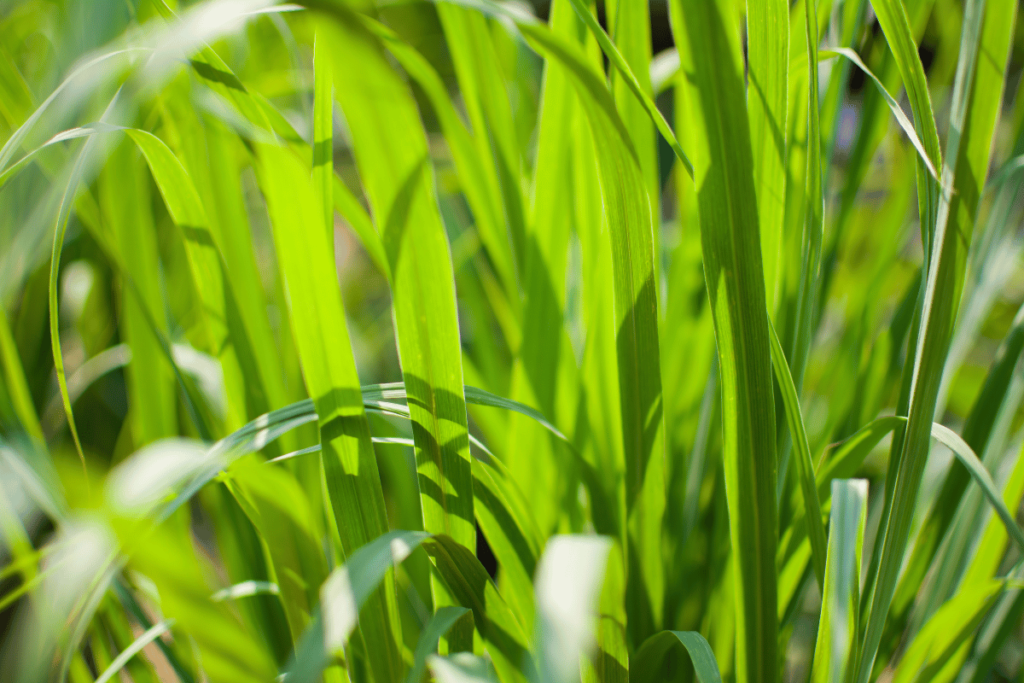
Lemongrass is not only valued for its use in cuisine and tea but also for its high citronella content, which is notorious for keeping mosquitoes at bay. While its impact on snakes is not scientifically proven, the strong citrus fragrance might be unpleasant to the olfactory senses of some pests, potentially making it less inviting for them to settle in.
3. Garlic (Allium sativum)
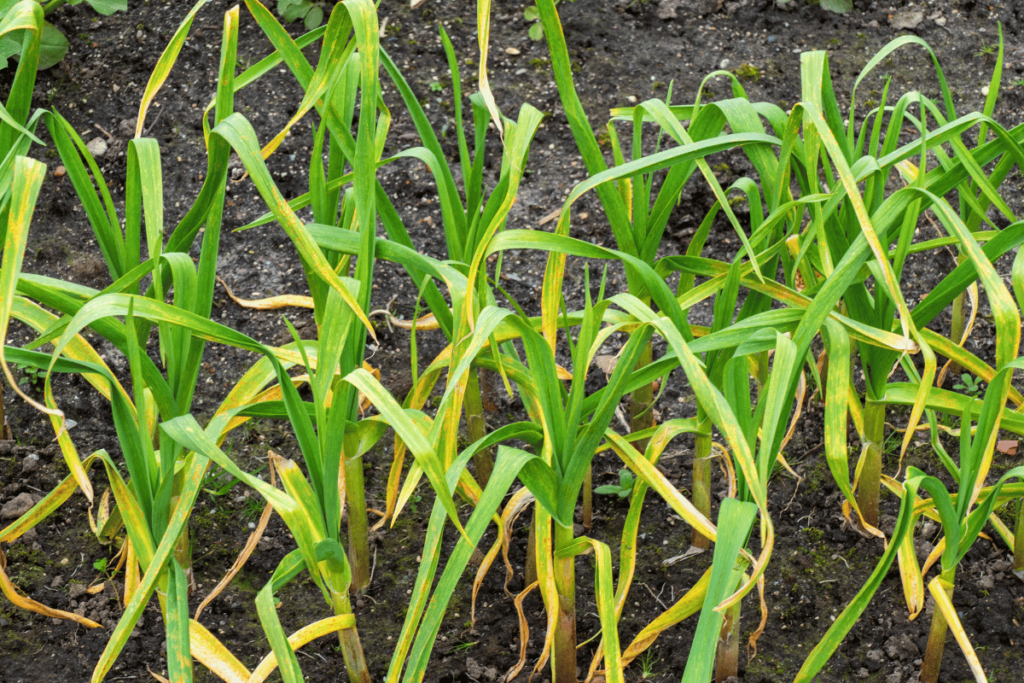
Garlic’s strong scent is a natural arsenal against pests, particularly aphids and beetles. This pungent plant might also double as a snake deterrent. Garlic can be interplanted amongst vegetables, providing a protective shield without the need for chemical insecticides.
4. Onion (Allium cepa)
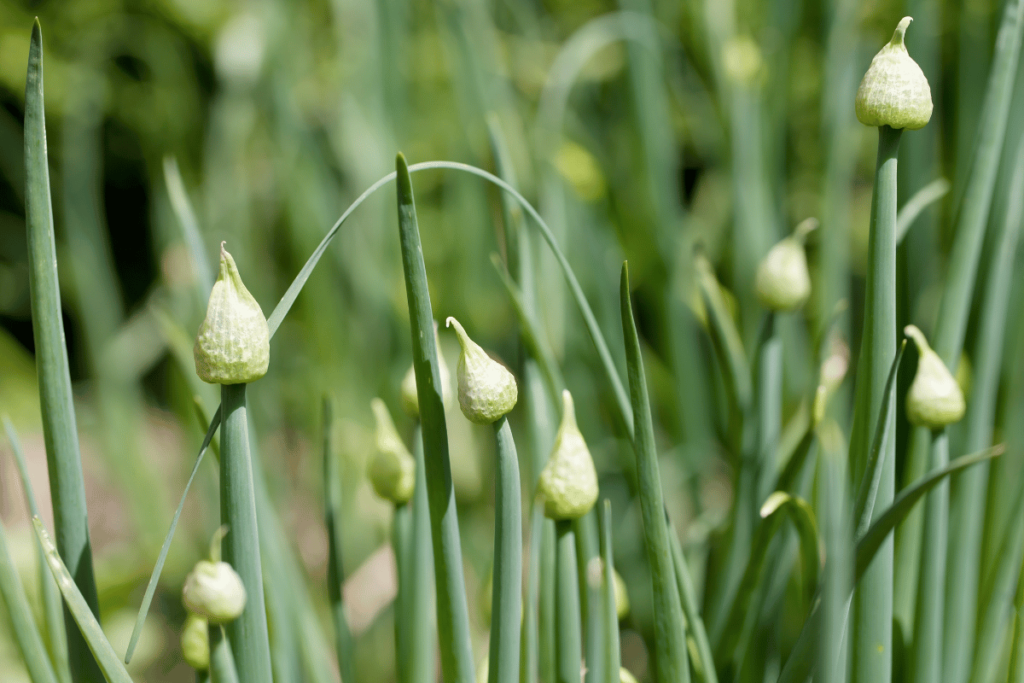
Onions work in tandem with garlic to create a barrier of scent that most pests find detestable. The sulfur compounds released by onions, which cause our eyes to tear, are equally offensive to many garden pests and could potentially make snakes think twice before crossing into your territory.
5. Wormwood (Artemisia absinthium)
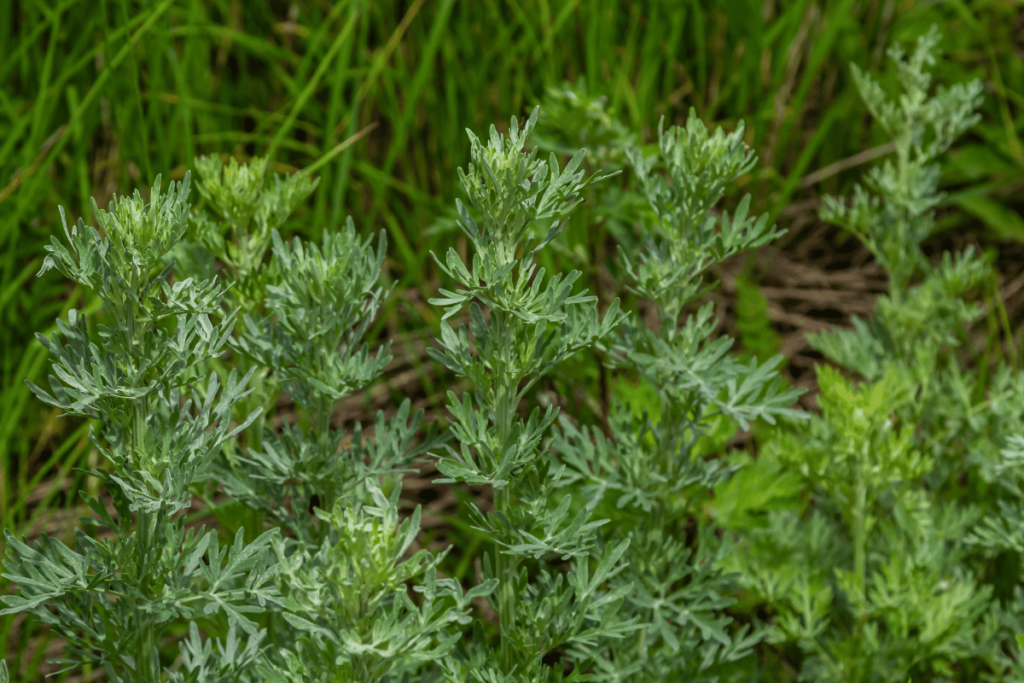
Wormwood carries a legacy shrouded in mystery and is known for its role in the creation of the spirit absinthe. Its bitter aroma is said to be effective in keeping away moths, flies, and mosquitoes. Wormwood can be planted in borders around the garden, serving as a protective shield with its silvery-grey foliage adding a touch of elegance.
6. Mugwort (Artemisia vulgaris)
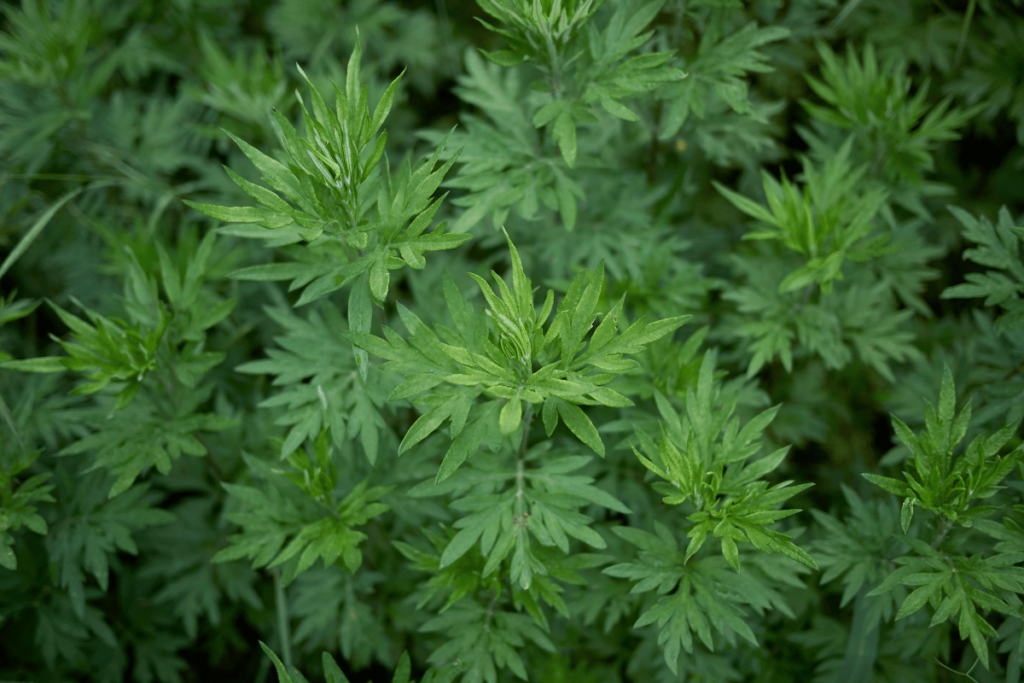
Another member of the Artemisia family, mugwort, is less about myth and more about might when it comes to repelling insects. While its impact on snakes is anecdotal, its presence can help deter smaller pests and adds a variety of textures to your garden landscape.
7. Indian Snakeroot (Rauvolfia serpentina)

Indian Snakeroot gets its name from its historical use in traditional medicine to treat snakebites. Its roots contain compounds that have been used to repel snakes. While it’s more renowned for its medicinal uses, having this plant in your garden could contribute to its overall pest-repelling strategy.
8. Andrographis paniculata
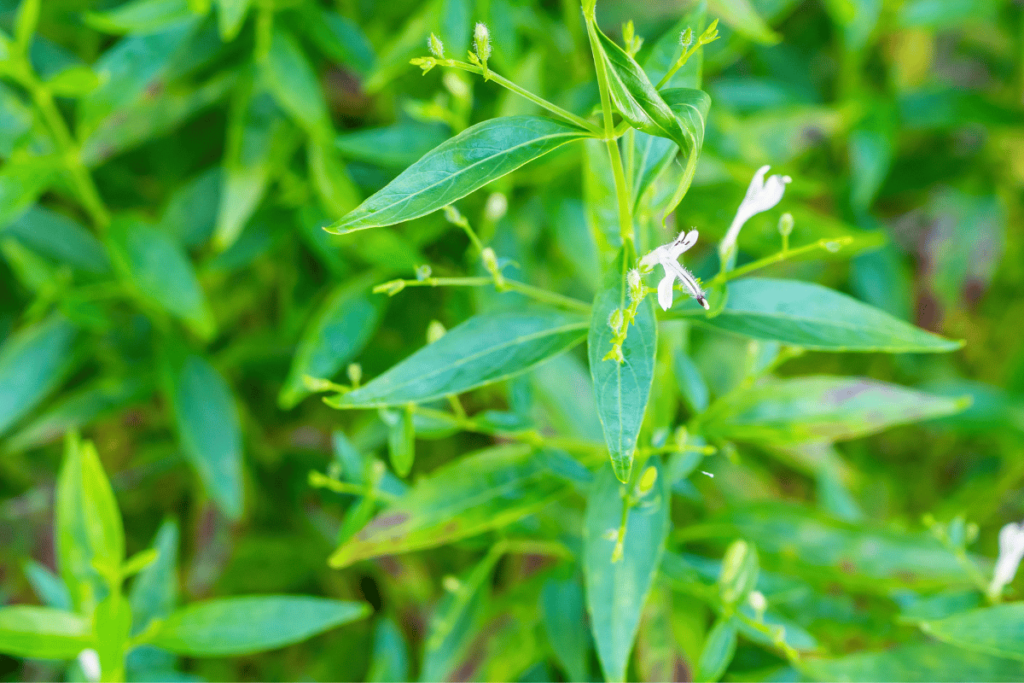
Known for its immune-boosting properties, the King of Bitters could be unpleasant for snakes and insects alike due to its intense bitter flavor. Its addition to your garden can serve the dual purpose of repelling pests and acting as a herbal remedy.
9. Mother-in-law’s Tongue (Sansevieria trifasciata)
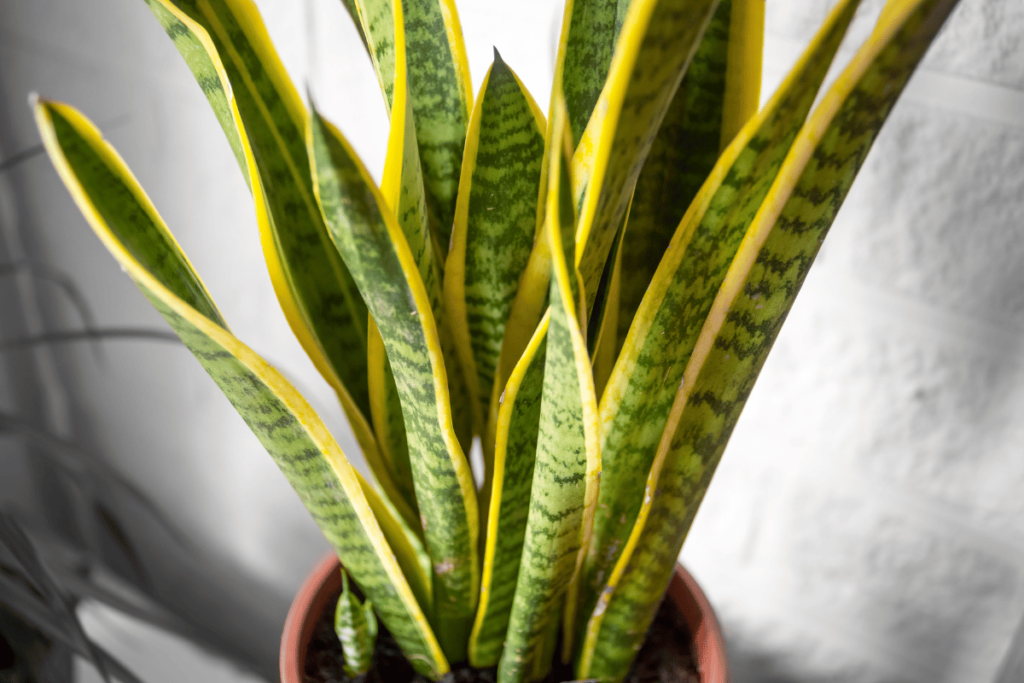
Despite its name suggesting domestic dissonance, Mother-in-law’s Tongue can bring harmony to your home by possibly deterring snakes. Its sharp-edged leaves may make it physically daunting for snakes to navigate through, while also purifying the air around.
10. Society Garlic (Tulbaghia violacea)
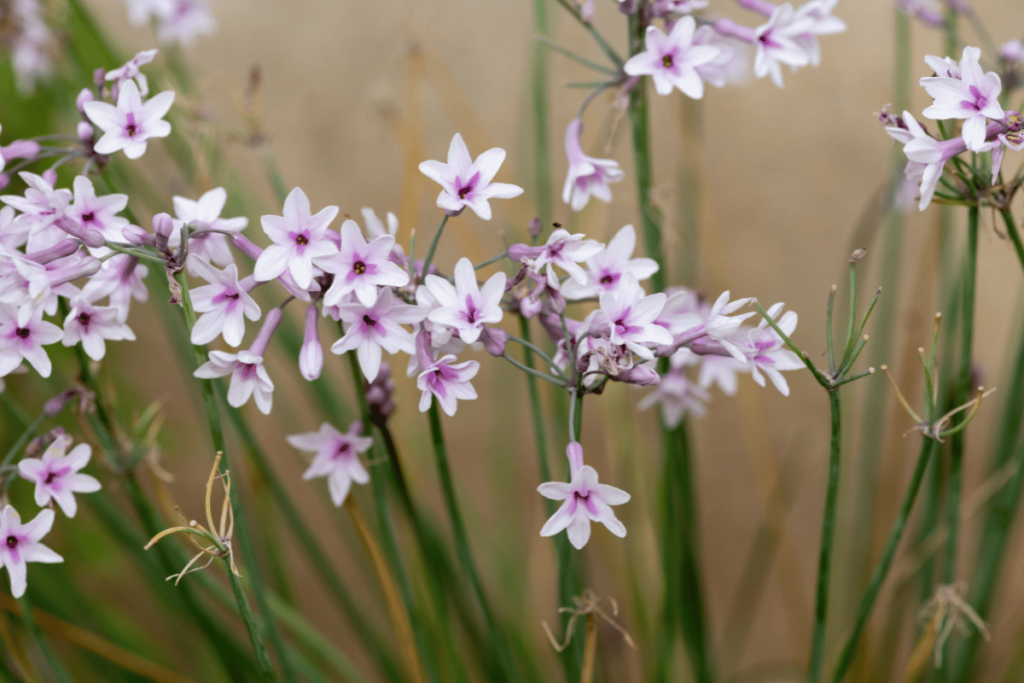
This plant mimics garlic’s scent and is adorned with delicate purple flowers. It can serve as a perimeter plant for your vegetable garden, potentially keeping nibbling pests and curious snakes at bay, while also adding an aesthetic charm.
Conclusion:
The quest to find natural snake and pest repellents is as old as gardening itself. While these 10 plants are reputed to help keep your green space serene and serpent-free, it’s important to approach them as a complementary measure rather than a standalone solution. Maintaining a tidy garden, removing food sources, and using proper fencing are also crucial steps. Incorporating these plants can create a multi-layered defence against unwanted critters, contributing to the biodiversity and balance of your garden ecosystem.
Remember, the effectiveness of plants in repelling snakes is largely anecdotal, and none can guarantee a snake-free zone. It’s about creating an environment that is less attractive to snakes by addressing the factors that draw them. With these natural guardians, you can work towards a pest-resistant garden, but always remain vigilant and consider professional advice for problematic pest or snake issues.
For those times when you need an extra pair of hands or expert guidance, Orderoo brings you gardeners on demand. Connect with seasoned professionals gardeners in your area who can help cultivate your ideal garden—a sanctuary not just for you, but for all the desired forms of wildlife. Embrace the full potential of your green space with the support of gardeners who are just a click away.
Keep your garden lush, your harvests bountiful, and your days snake-free with this green wisdom. Happy gardening!
FAQ’s:
Ans: While many gardeners swear by these plants, scientific evidence regarding their effectiveness as snake repellents is limited. The idea is that these plants may create an unpleasant environment for snakes by either having a strong odour or sharp foliage, making your garden less inviting to them.
Ans: It’s not advisable to rely on these plants as your sole method of snake prevention. They should be part of a broader strategy that includes keeping your garden free of debris, controlling rodent populations, sealing gaps in your home’s foundation, and using proper fencing when necessary.
Ans: No plant can repel all pests, but many of the plants listed have properties that can deter specific types of insects and small animals. Their effectiveness can vary depending on the type of pest and the conditions in your garden.
Ans: Most of these plants are harmless, but some can be toxic if ingested by pets or humans. For example, Indian Snakeroot contains potent compounds and should be handled with care. Always research and make sure that the plants you introduce to your garden are safe for all members of your household.
Ans: Consider planting these as border plants around the perimeter of your garden or interspersing them among your other plants to create a natural barrier. The key is to integrate them into your garden in a way that makes the environment less appealing to snakes and pests.
Ans: Some plants may be more suited to certain climates than others. For instance, lemongrass prefers warmer climates and may not thrive in cooler areas. Always check the suitability of each plant for your specific climate before planting.
Ans: The impact of these plants on pests and snakes can vary and may not be immediate. It often takes time for plants to grow and produce the odours or physical barriers necessary to have any potential repellent effect.
Ans: Like all plants, the ones listed have their own requirements for sunlight, water, and soil conditions. Research each plant’s needs to ensure that they thrive in your garden and can thus provide their maximum potential benefit.
Ans: If snakes are a persistent problem, it’s best to consult with wildlife control professionals who can offer specific advice and safe removal services if necessary.
Ans: Many of these plants can be found at local nurseries, garden centres, or online plant suppliers. Some may also be available at farmers’ markets or community plant exchanges.


